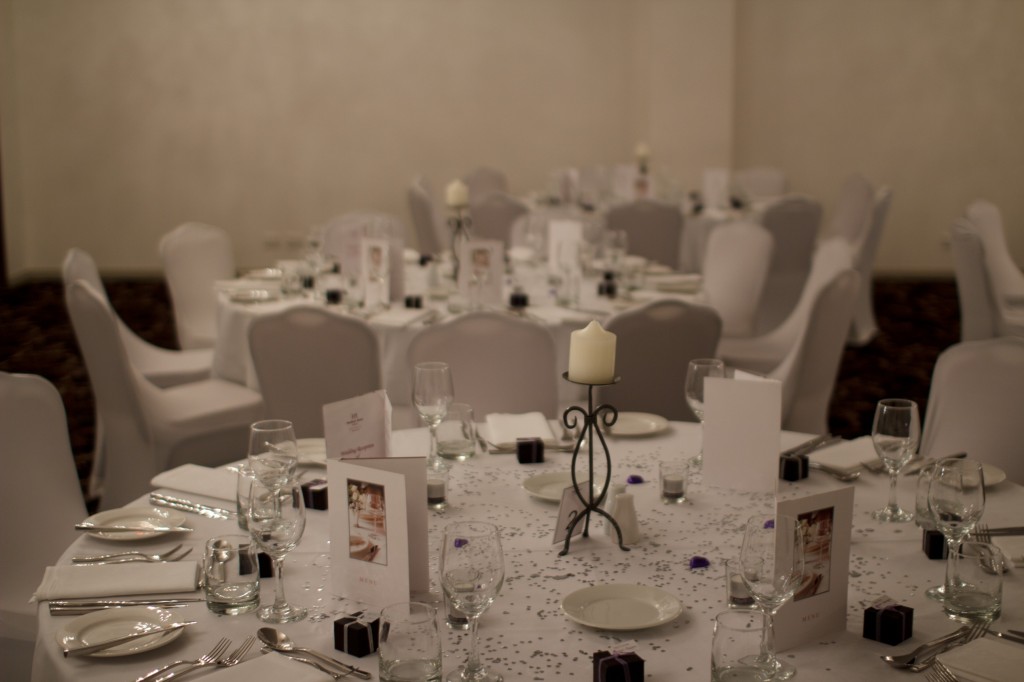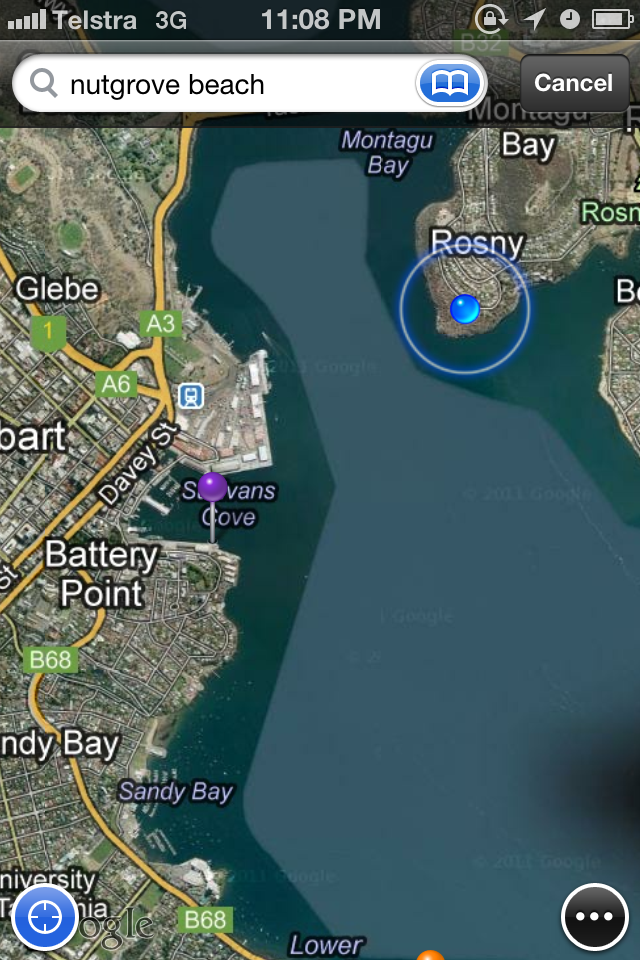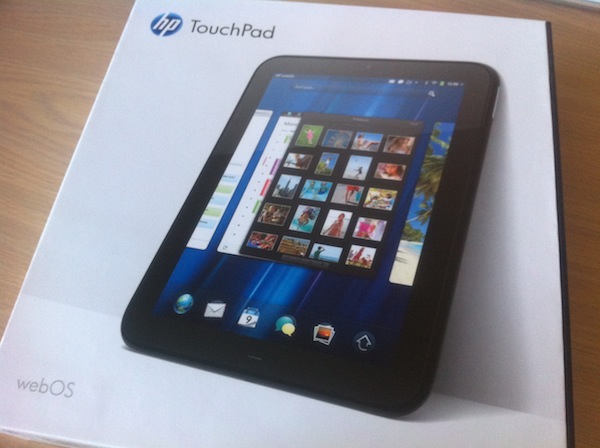My latest obsession is with photography. I’m hoping it’ll stick around for a long while yet, since I’ve always wanted a decent camera since as long as I can remember.
December of last year I acquired my very first DSLR, a Canon 60D. It was a sort-of Christmas present to myself (my parents and sister contributed), and I’ve been thrilled with it ever since.
I’m still very much an amateur, but I’m getting into photography in a big way. I’ve discovered the joys of street (photography), done numerous candid and portrait shots alike, and have learnt a huge amount from friends and whatever research I’ve managed to do on my own. I’ve done long-exposure fireworks photography with a friend, learnt a whole heap from the DigitalRev YouTube channel, and now even have a tripod to call my very own.
I had the semi-unique chance to shoot the wedding reception of a good friend I went to high school with the other day, and after realising I had a little more to say about it than would fit in 140 characters, I thought I’d write a little about it. That is, correct me if I’m wrong, what a blog is all about, right?
It just so happened a new lens I ordered arrived the day before the reception, a Sigma 30 f1.4. While I love my 50 1.8, it’s mostly too long for “fun” (read: random street photography and/or portraits) on a crop body — a 30mm focal length on a 1.6x crop body is much closer to the full-frame 50 equivalent, and an aperture of 1.4 is also pretty great (razor thin DOF at those kinds of apertures means your autofocus has to be perfect though, otherwise you end up with stuff that’s out of focus. Manual focus? Don’t even think about it).
The new lens arrived, and I wanted to do little more portraits with it — the reception was the perfect opportunity. A few short text messages to the groom later, and I was allowed to bring along my camera. In my mind I was the unofficial second shooter, but it didn’t quite turn out that way (more on this later).
It was the day of the big scary wedding reception, and after buying a suit in the morning, I finished work for the day and made my way to the reception. It turned out I was a few hours early, which wasn’t too bad as I got to scout out the location beforehand. I was worried about the light, and rightly so — the lighting in the reception venue turned out to be pretty terrible. Thankfully, earlier that day I had arranged for a friend to bring along his 580 EX II Speedlite. It was all pretty lucky actually, had I not had the Speedlite my photos would have been much, much worse — I doubt I would have come away with more than a handful of usable shots. As it turned out, I made excellent use of the bounce card and bounced the flash off the roof to great effect (after getting a few . It worked really, really well, and for a first timer I’m pretty pleased with how some of the shots turned out.
My original intention as second shooter was to cover the “lighter” stuff, stuff that the first guy wouldn’t have taken photos of as he was presumably focused on the bride and groom — but as we all know, expectations are far from reality. Turns out the first shooter is pretty worn out from a whole day of shooting the wedding (before, during the ceremony, and in the park after), so I get upgraded to official first photographer. The big leagues and all that. Pressure? I eat pressure for breakfast.

Roughly 750 RAWs later, and it was all over. Now that I’ve had a chance to look at the photos, I’ve got a few conclusions…
- White balance matters. I’m not 100% on this one, actually — some of the shots I took had a yellowish (but natural) tone to them, others had a much cooler (whitish-blue) tone. I thought some of the natural-looking shots would have been okay, but apparently not. Thankfully nothing that Lightroom couldn’t fix. Lesson learned.
- I thought the guy doing the wedding would have been more, uh, into the whole photography thing. A bit more organised, maybe. Turns out it was all pretty relaxed and casual, which was fine by me — I know some people can be very particular about their photography , but this guy was pretty casual which was cool. I mean, I don’t think the bride and groom told him I was going to be the second shooter until everyone was actually at the reception…
- Post-processing in general kind of sucks. Flame me all you want, but I now have a heap more respect for the wizards who do crazy things in Photoshop to make photos look amazing — they’re pretty great. It’s just that the time required on an individual image is insane; maybe it’s because I’m just starting off and have no real idea about what I’m doing, but man, post kinda sucks. Thankfully, I didn’t do much post and certainly nothing that involved big ol’ Photoshop— I bumped up the exposure by a third, two thirds of a stop here and there, tweaked the brightness and levels a bit, and that was about it, really.
- I feel I’m at that point where I kind of have to think about the shot in order to take better photos. I mean, anyone can do the half-press, full-press of the shutter while composing photos using the rule of thirds etc, but I mean, I ended up with roughly 130 or so “usable” photos out of the 750+ I took. Sure, there were quite a few duplicate/triplicates of the same group or same person, but still, that’s a terribly bad ratio whichever way you cut it. Lots of the photos were out of focus, blurry, or the composition was fine but the wrong thing was in focus, etc. I guess it’s something I’ll have to work on, especially when dealing with dynamic subjects. The one good thing about landscapes is that they don’t move.
Most of all, I figured that I just enjoy taking photos of people, both posed and random candids. Which is kind of weird, because I’m not really the type — I doubt I’d be into, like, gig photography or anything like that, but doing photos of people at the wedding reception was actually pretty fun. Must be something about people smiling, or just me being behind the camera. It’s not so much as “capturing the moment” as it is about just having fun, and photography is very fun — I remember this one time I had set up a few younger couples for a group shot at the reception, and taking the shot only to have the flash not fire. Turns out I had turned it off for a few shots earlier, and promptly forgotten to turn it back on again for portraits — a exclamation of surprise and a hurried apology later, I flicked the switch on the flash back on and took another shot. Natural smiles all round, and it made for an excellent photo.
Yeah, more of that, please.
I’m still not sure where I’m going with photography. I enjoy it a lot, like, a lot a lot, but I don’t think I’ll be going pro anytime soon. It’s certainly something I’d consider, but there are certain aspects of photography which just freak me out entirely (I think most of it stems from being a little insecure about my “work” — it’s the whole process of delivering a final product to clients that freaks me out, including spending an hour in Photoshop slaving over a single photo when you’ve got hundreds to edit, and so on).
I’m not sure. I like photography, don’t get me wrong, and I’m more than happy to upload my best shots online, but actually doing something real? Just leave me to look at my photos in peace!












